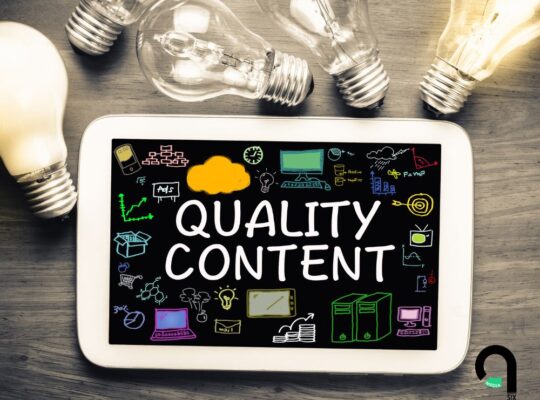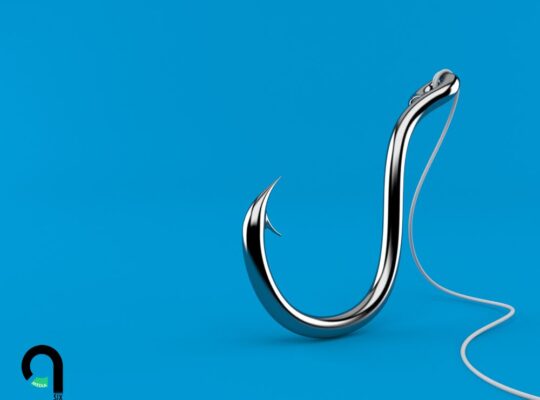In today’s market, leveraging the influence of creators isn’t just about visibility—it’s about engaging the right voices to amplify your brand authentically. Influencer partnerships can be particularly effective in food marketing, where authenticity and personal testimony can significantly influence consumer behavior. Here’s how to strategically identify and qualify influencers to ensure the success of your campaigns.
Identifying the Right Influencers
Identifying the right influencer starts with clarity about your brand’s goals and the specific audience you aim to reach. This alignment is crucial to ensure that the influencer’s followers are likely prospects for your products.
Assessing the Influencer Landscape
With countless profiles to sift through, assessing the influencer landscape can seem daunting. Prioritizing influencers who engage with your target demographic authentically will help narrow down the field.
Strategic Search Tactics for Influencer Partnerships
Efficiently finding and qualifying influencers requires a systematic approach:
- Review Past Campaign Participants: Revisiting influencers from past campaigns, especially those near target retailers, can uncover potential for future collaborations.
- Engage with Target Retailers: Analyze social feeds and tagged photos of retailers that align with your brand to find influencers who already have relevant affiliations.
- Explore Local and Competitive Retailers: Investigate local or competing retailers for additional influencer insights.
- Utilize Creator Marketplaces: Platforms like AspireIQ or Upfluence provide extensive databases with detailed influencer analytics.
- Leverage Location Tags: Searching tags specific to cities or stores can help locate influencers discussing relevant locales or products.
Qualifying Influencers through Engagement Metrics
Engagement rate is a critical metric for qualifying influencers, particularly in the food industry where audience interaction can directly influence purchasing decisions. A healthy engagement rate depends on several factors but typically ranges from 1% to 3%:
- Likes, comments, and shares per post relative to the influencer’s number of followers indicate how engaging their content is.
- Quality of comments: Look for authentic, conversational interactions rather than generic comments, which might indicate genuine interest from the audience.
Current Trends in Influencer Marketing for Food Brands
Recent statistics highlight the growing impact of influencer marketing in the food sector:
- Influencer Trust Levels: A 2021 survey revealed that 61% of consumers trust recommendations from influencers, compared to 38% who trust branded social media content.
- ROI of Influencer Campaigns: Businesses are making an average of $5.20 for every $1 spent on influencer marketing, with higher returns in sectors like food and beverage due to direct engagement with niche audiences.
- Video Content Surge: With platforms like TikTok and Instagram Reels gaining popularity, food influencers are increasingly using video content to engage audiences, demonstrating recipes or product benefits in real-time, which can significantly enhance authenticity and viewer retention.
Maximizing Engagement with Qualified Influencers
After identifying and qualifying influencers, the next crucial step is engaging them in ways that align with your brand’s values and campaign goals. Clear communication, respect for the influencer’s creative autonomy, and alignment on expectations are essential for a successful partnership.
Start Your Influencer Partnership Today
Begin enhancing your food brand’s presence by applying these strategic approaches to influencer partnerships. Utilize the outlined methods to find and qualify the right influencers, ensuring that your collaborations drive authentic engagement and tangible results.







